Chiang Mai, Thailand
On my arrival to Thailand, I started with a plan to learn about a regional Thai food, but only when I was done--and moved on to Cambodia!--did I realize how little I was able to experience (eat!) and understand in Thailand.
Let me back up. We were in Thailand for almost two weeks, a week in Bangkok and then five days in the northern city of Chiang Mai. It's fair to say that every superlative dished out about Thai food in Thailand is true. We ate for almost two weeks and didn't once have a bad meal. As friends and guide books advised, we ate plenty of delicious street food. But restaurants were tasty too.
The internet has many Thai food blogs filled with photos and information about the street food of Bangkok. I didn't want to repeat this. And frankly, the best of those blogs are by Thais or foreigners who have spent years in Thailand, thus better than anything I could attempt. Instead I wanted to look more in-depth into one Thai food.
In our second week, we flew to Chiang Mai in northwest Thailand. Most of the dishes in Thai restaurants around the world are from the central or southern regions near Bangkok, the red and green curries with coconut milk, for example. However, my Fodors guide told me that green papaya salad, a favorite of mine served in almost all Thai restaurants around the world, is originally from northern Thailand. So I was excited to taste and learn more about this regional specialty.
I was excited when we arrived to Chiang Mai to see a street cart in a night market near our hotel serving over seven variations of papaya salad.
The next day I took an excellent cooking class, where one of the dishes I prepared was a simple green papaya salad. Instructor Sue showed me the technique of using palm sugar to mash the garlic and chili peppers.
In other words, if I wanted to find the authentic roots of papaya salad, I really needed to go to Laos! Unfortunately, Joseph and I had had to make the choice between going southeast to Cambodia or northeast to Laos on our way from Thailand to Vietnam. We chose to go to Cambodia and the ancient temples of Angkor Wat near Siem Reap. Sadly, this meant no Laotian food in Laos for us.
Laotian food bloggers report that the differences between Thai papaya salad and the Laotian original (called tam som or tum maak houng) come down to the use of lime juice (often less), peanuts (some say they're included, some say none), palm sugar (some use it, some don't), fish sauce (more of the stinkier Lao version!), and shrimp paste or Lao freshwater fish paste called padaek (yes and yes!)
It appears that like many Southeast Asian foods, there are many variations of Laotian green papaya salad depending on individual tastes. And once again, one of the variants in Laos is the inclusion or absence of the funky fermented fish paste!
Honestly, though, I wouldn't know the full wonder of authentic Laotian papaya salad because we didn't go to Laos.
That's the thing about traveling and learning, the more you know, the more you realize there is yet to see, experience, and learn.
Laos, the first stop on our next Southeast Asia tour!
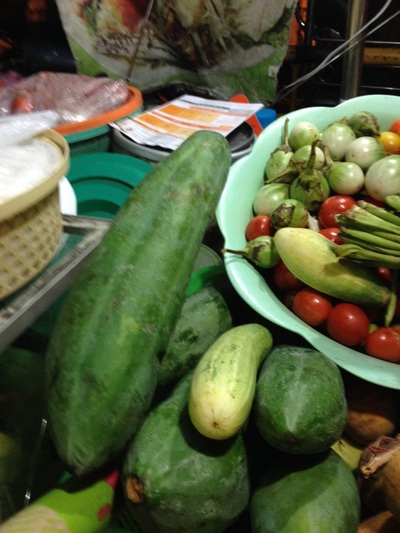
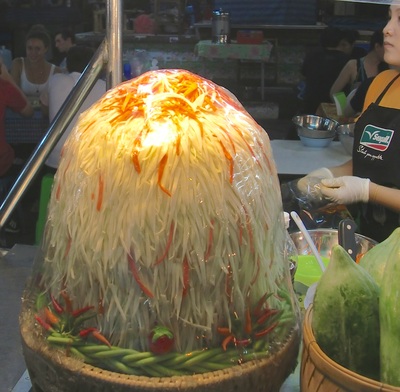
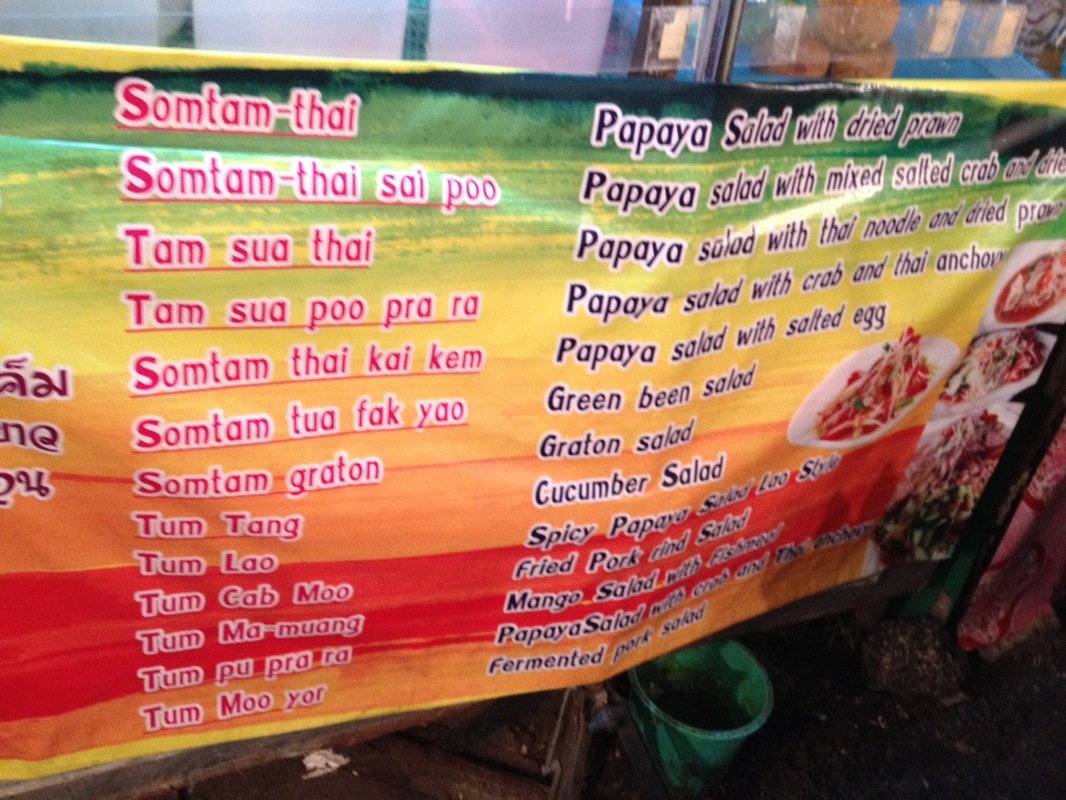
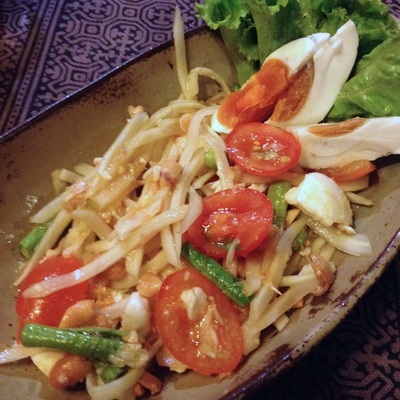
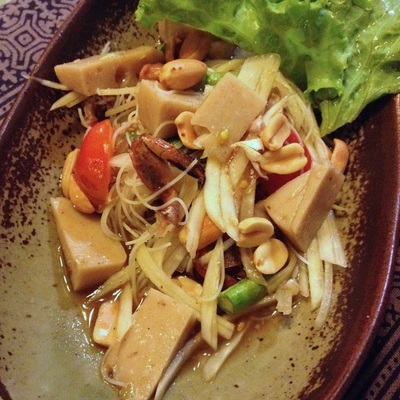
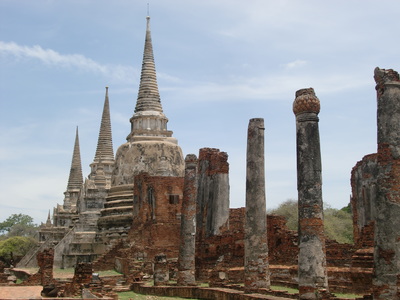
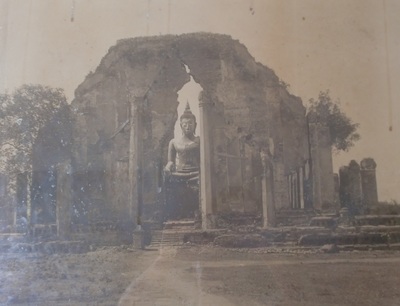
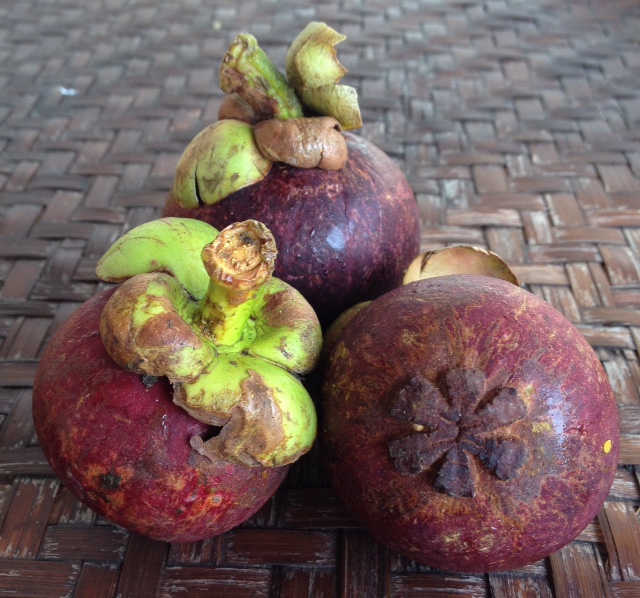
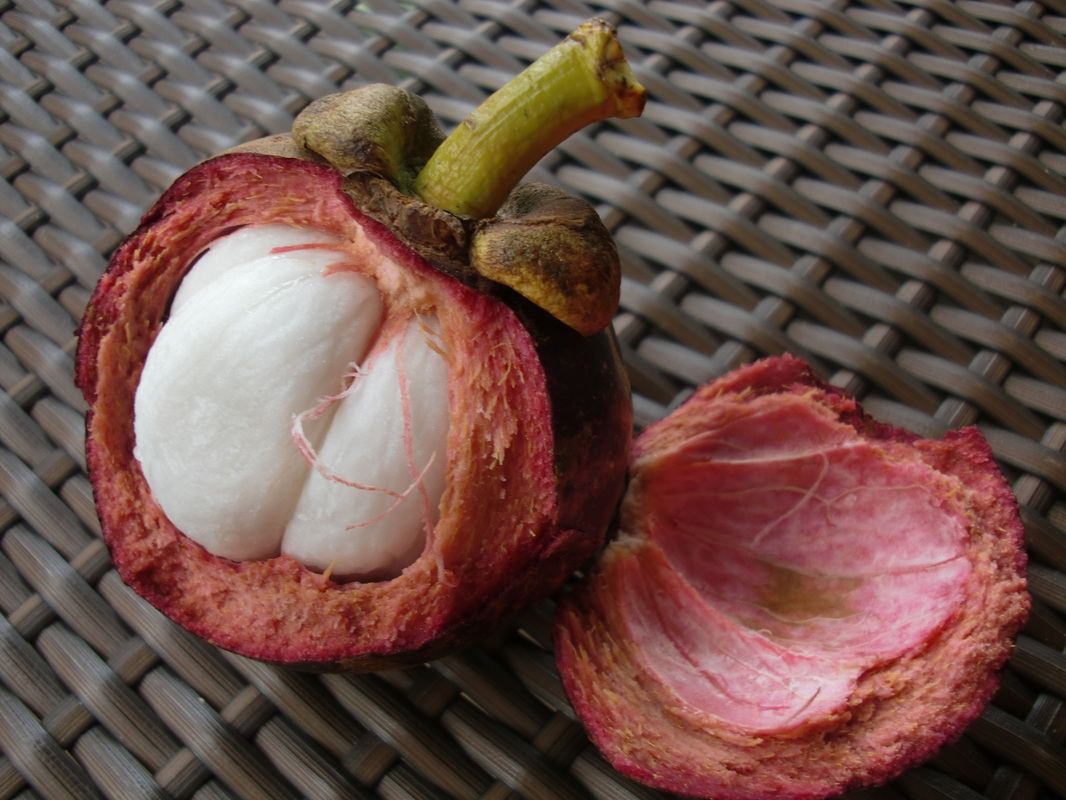
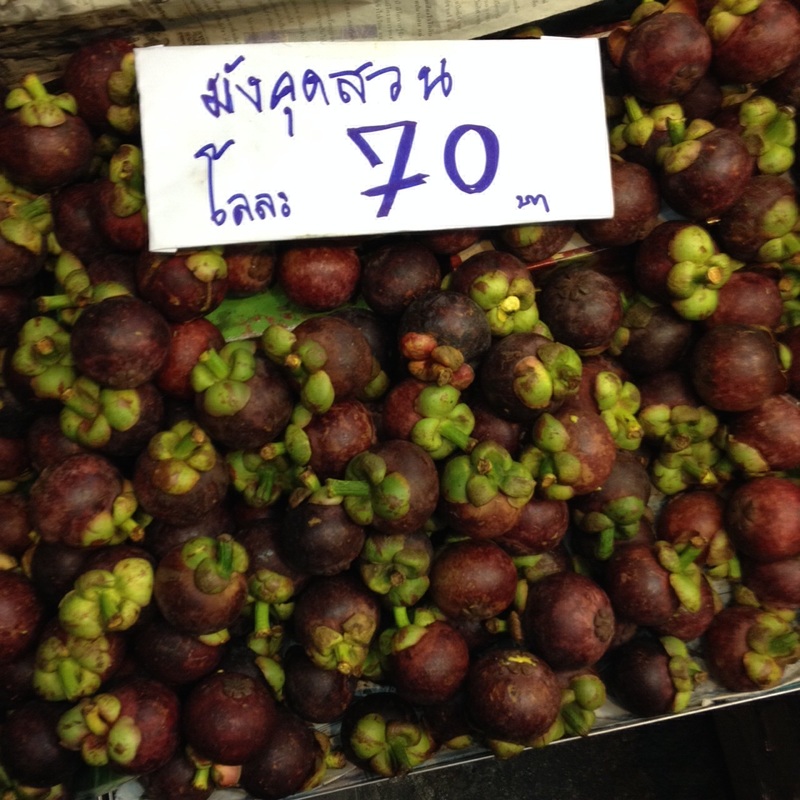
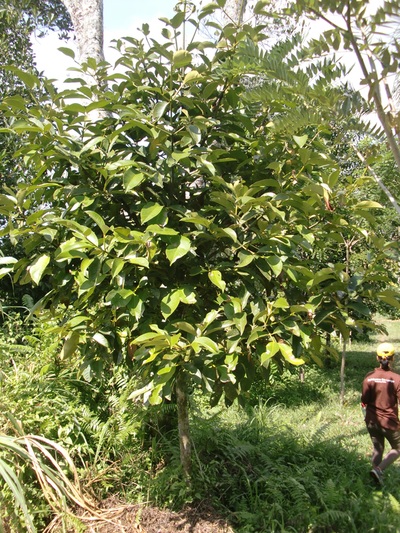
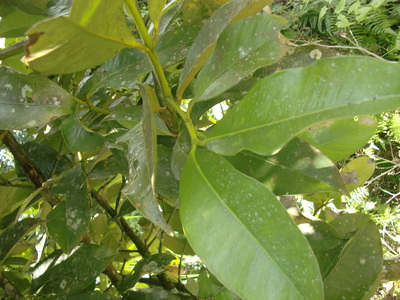
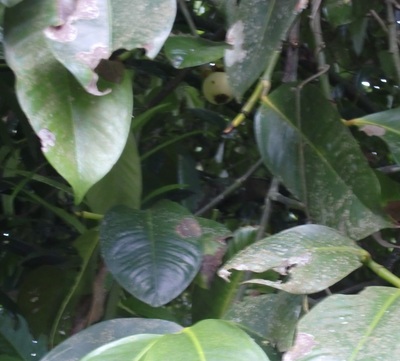
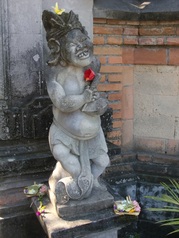
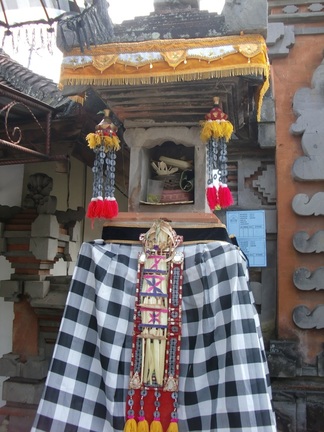
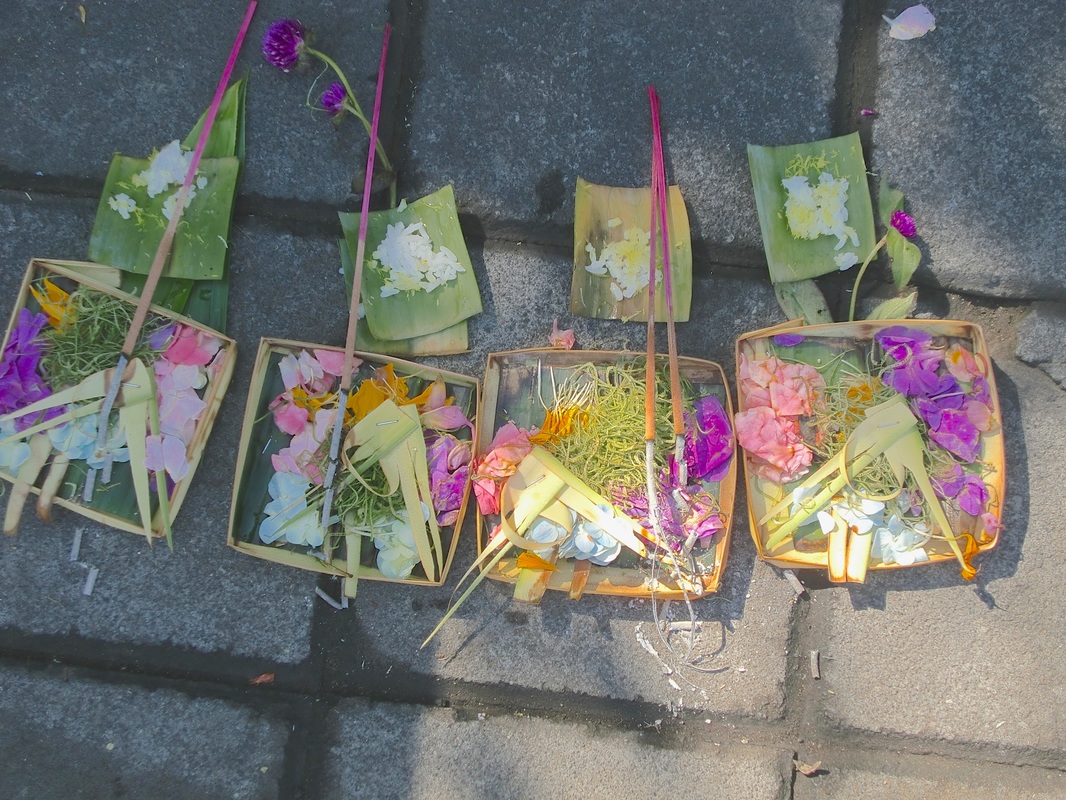
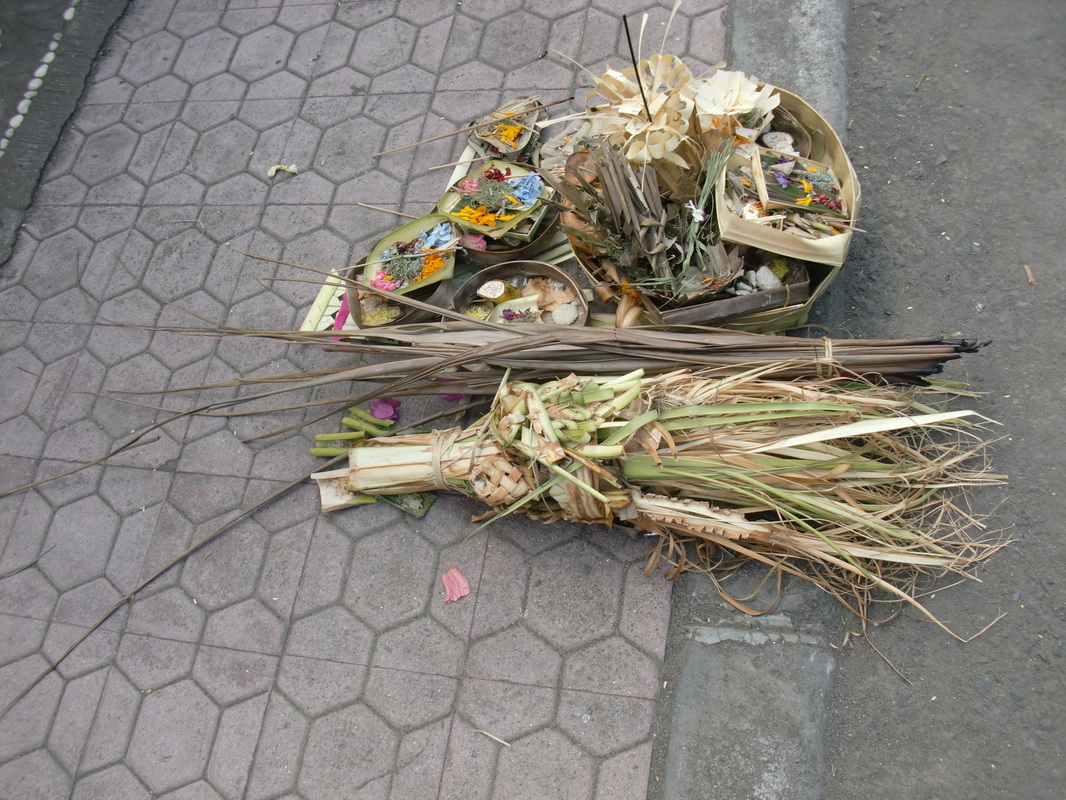
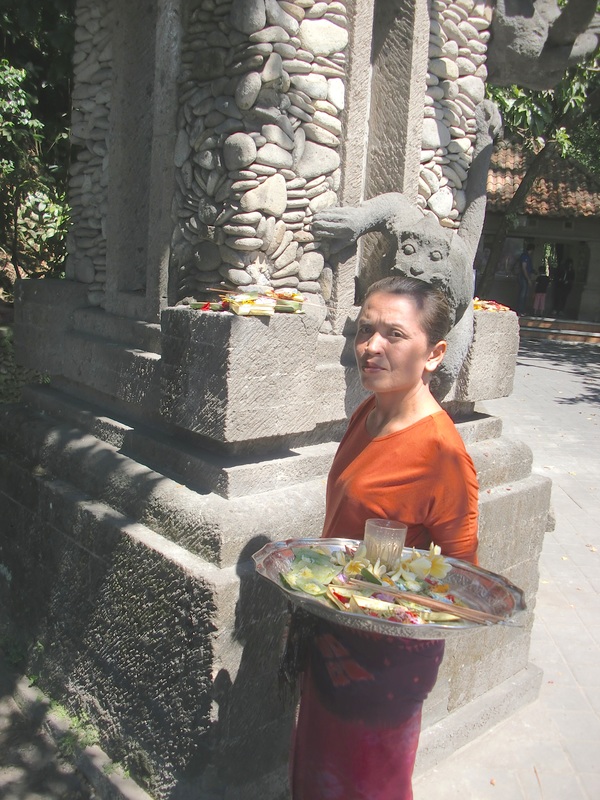
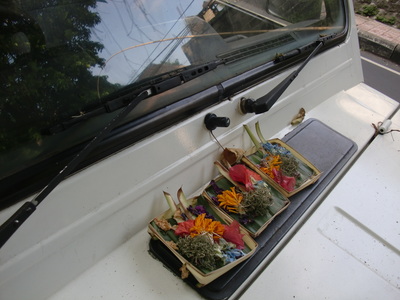
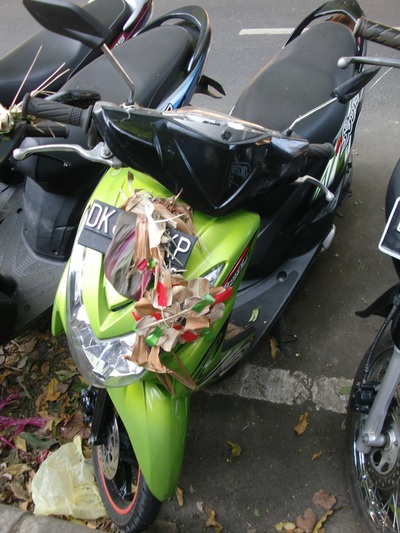
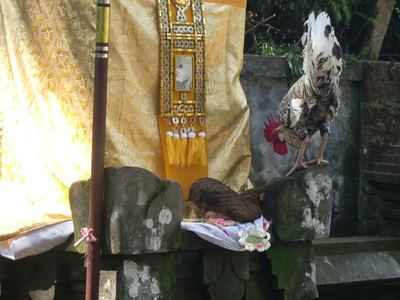
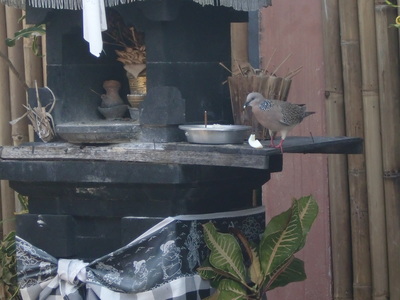
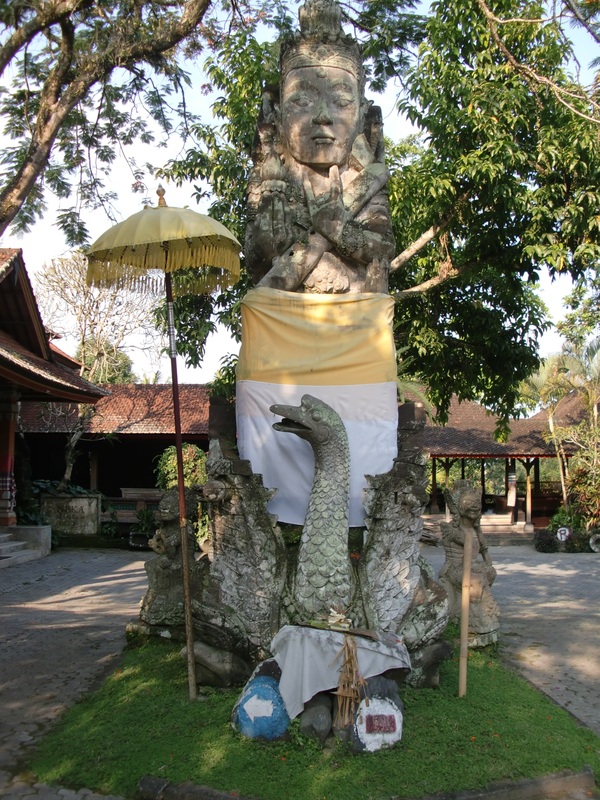
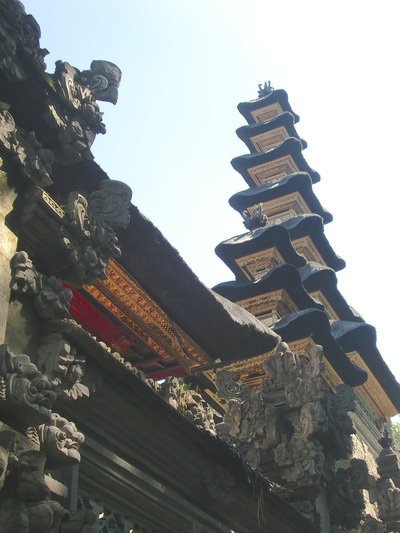
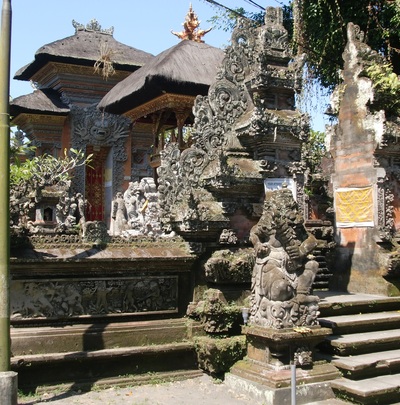
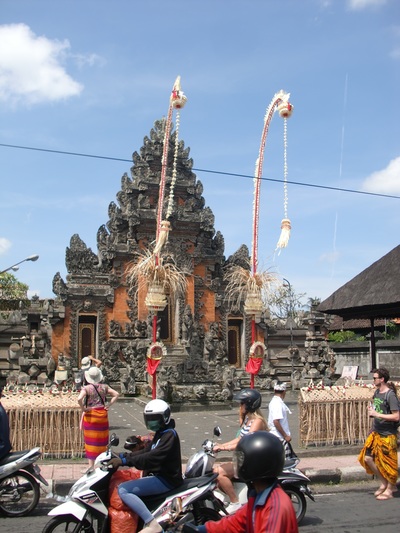
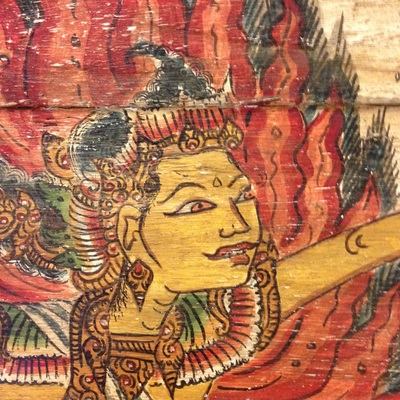
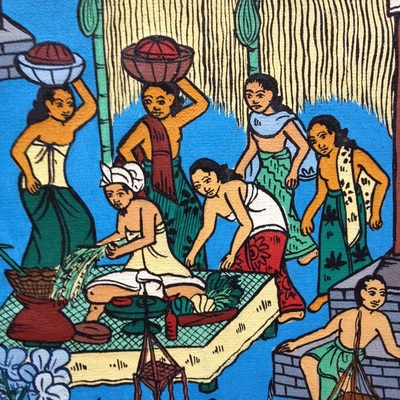
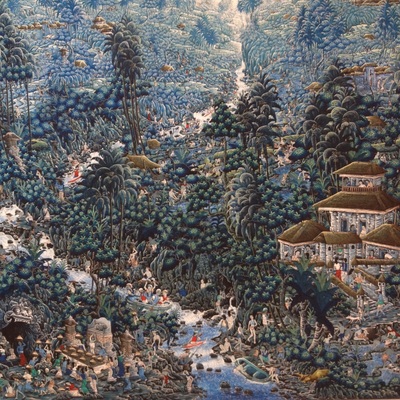
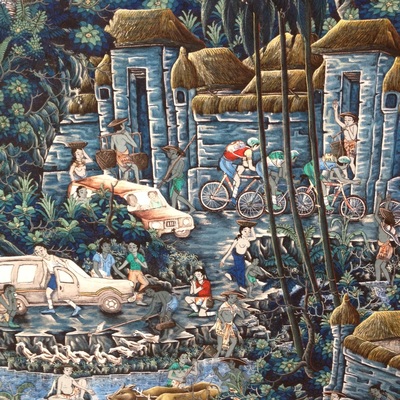
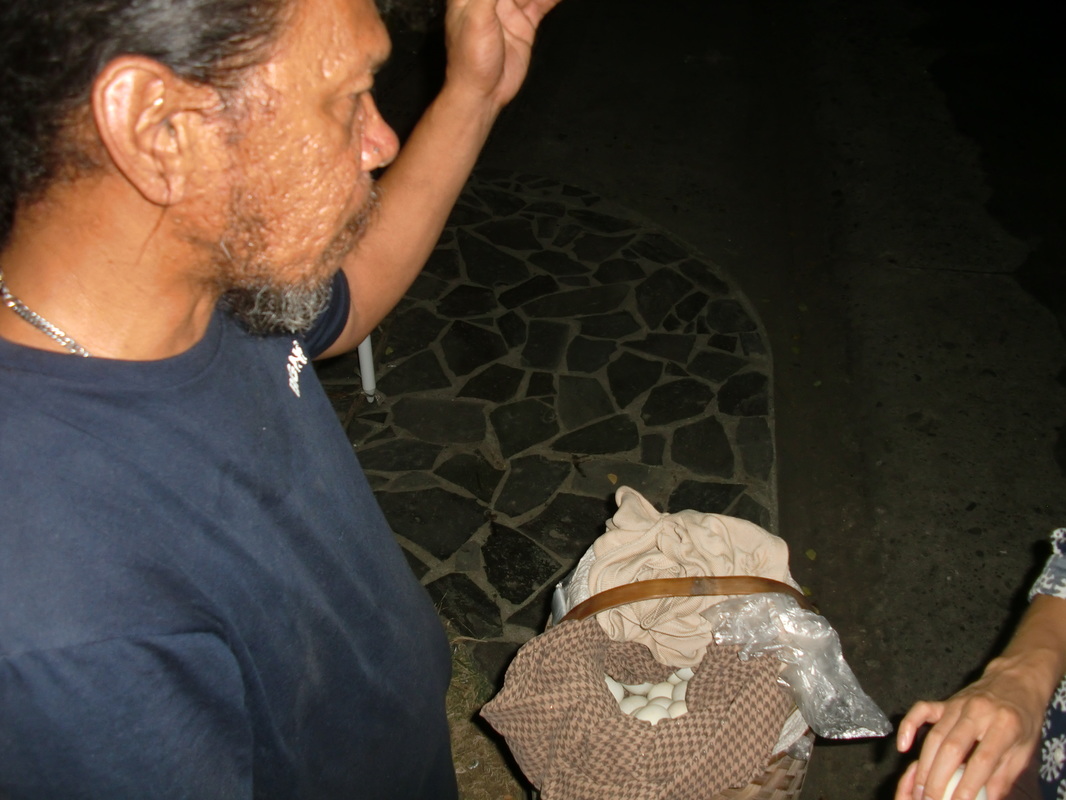
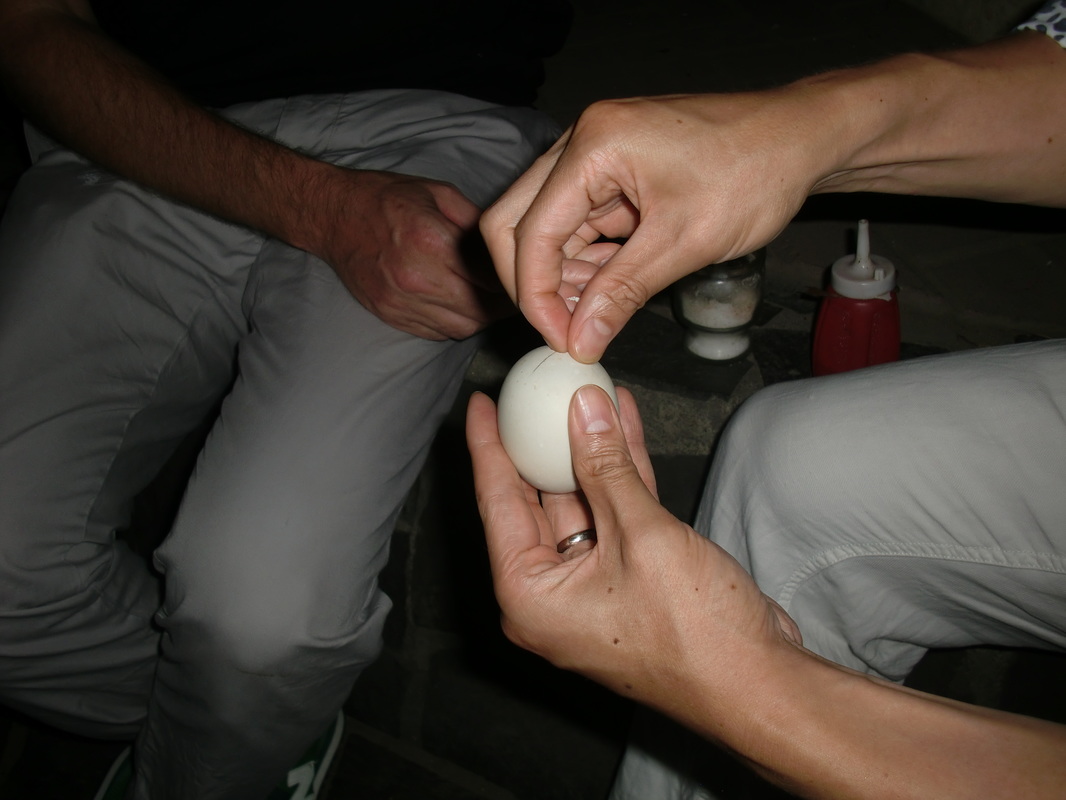

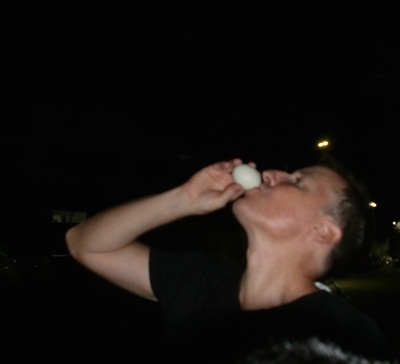
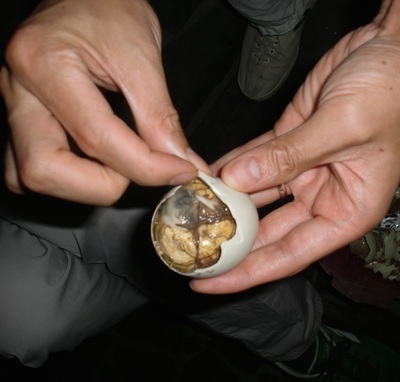
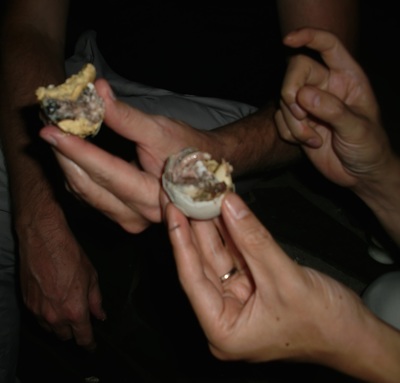
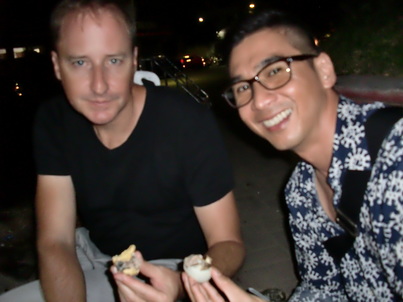
 RSS Feed
RSS Feed